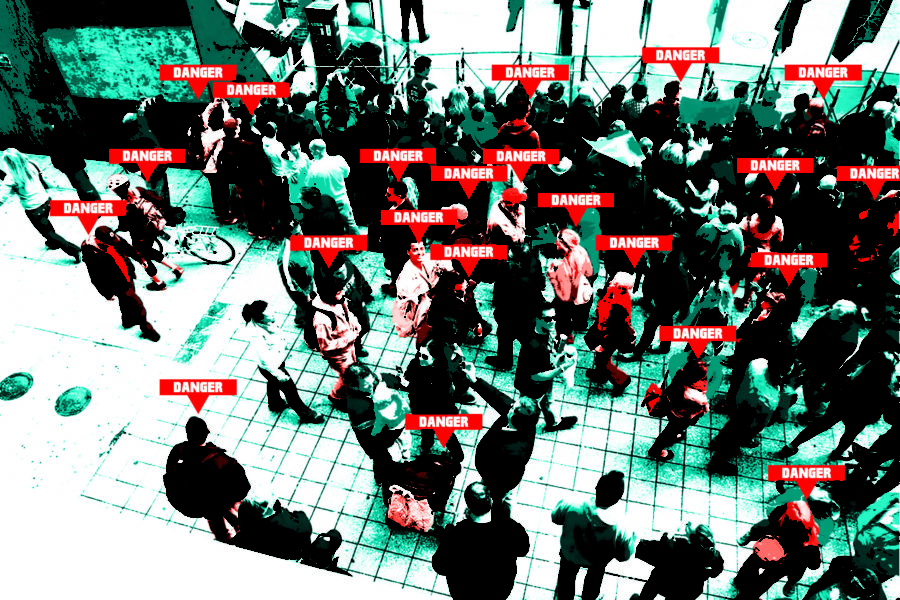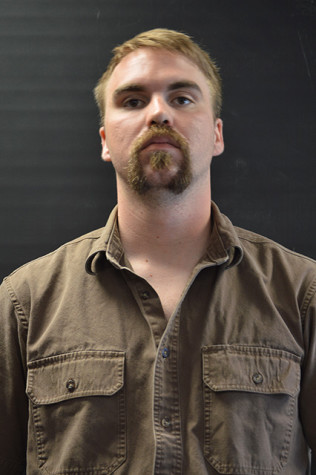At the start of the Boston Marathon, most of the speculation centered on which competitor would take the prize – would Kenya add another win to its three-win streak in the men’s race? Was Portugal a contender in the women’s competition?
The twin explosions that ripped through onlookers and racers alike four hours into the marathon turned the speculation into waves of panic, fear and paranoia.
What happened? Who’s been hurt? Are there more bombs?
Who could have done this?
Why?
And finally, who’s trustworthy enough to find the accurate answers to these questions?
In the first moments of the aftermath, individual people held as much power as large media empires over the flow of information. Eyewitness accounts flooded social media sites, both as an outpouring of support for the victims and a call to action: find those responsible.
As footage of current suspects Tamerlan and Dzhokhar Tsarnaev emerged showing Dzhokhar wearing a white baseball cap, amateur sleuths on social media sites like Reddit, Twitter and 4chan sifted through police reports, photographs and video footage, trying to help the official investigation.
The New York Post chose to run one of the images discovered of a man in a white cap as its front-page photo. The Post claims to have received the photo from an email amongst investigators attempting to identify the men as persons of interest.
The men in the Post’s image were not the bombers, but since the cover ran, they remain afraid of misinformed vigilantes.
Sunil Tripathi, a student from Brown University, went missing March 16. Could he have planned and prepared the bombings in that month? Tripathi’s unexplained absence and his likeness to photographs of Dzhokhar Tsarnaev were enough to set the Internet hounds on the hunt again, turning a family’s search for their missing son into a panic-soaked witch hunt overnight.
Terrorism is a tactic devised to induce fear. When nothing is certain, people grasp at the first bits of information that drift past, attempting to return to a sense of normalcy. It’s a survival tactic; it’s also why anyone with lifeguard training will never swim directly to a drowning victim – she doesn’t want to get pulled under and drown herself. Without proper qualifications, people attempting to help in a crisis instead add to the chaos.
Sunil Tripathi was pulled from the Providence River in Rhode Island April 25. His body had decomposed to such a state that police needed to conduct a forensic dental examination to confirm his identity.
Instead of trying to determine which face in the crowd looks suspicious, or which backpack might conceal explosives, take this advice from the Tripathi family, posted on the Facebook page dedicated to finding Sunil:
“Take care of one another. Be gentle, be compassionate. Be open to letting someone in when it is you who is faltering. Lend your hand. We need it. The world needs it.”




